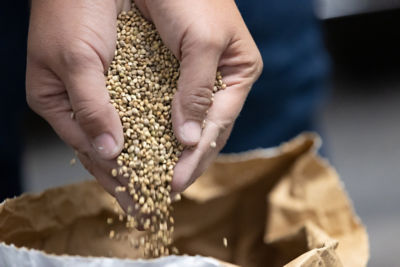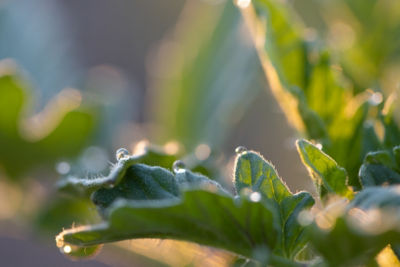Causal Agent
Pseudocercospora fuligena (syn: Cercospora fuligena)
Distribution
Africa, China, India, Japan, Malaysia, Mexico, Philippines and USA
Symptoms
The first symptom is a yellowish discoloration on the upper leaf surface that later expands to form a brownish lesion surrounded by a yellow halo. When the humidity is high, gray to blackish-gray fungal sporulation occurs on the lower leaf surface. This disease is sometimes referred to as “black leaf mold” because of this dark fungal sporulation. When the disease is severe the lesions will coalesce, resulting in the collapse of the leaf tissues. Due to the similarity of the symptoms, this disease has been confused with Leaf Mold caused by Fulvia fulva.
 Blackish-gray sporulation on the lower leaf surface.
Blackish-gray sporulation on the lower leaf surface.
Conditions for Development
This fungus can survive on infested plant debris and alternative hosts like black nightshade. High humidity and warm (27°C, 81°F) temperatures favor disease development and sporulation. Wind, splashing water from overhead irrigation and rain, as well as workers’ clothing, tools and cultivation equipment, readily disseminate the fungal spores.
Control
The use of fungicides and resistant varieties greatly reduce losses from this disease. Cultural practices like turning under plant debris, as well as pruning and spacing plants to provide adequate air movement, also help reduce losses.




